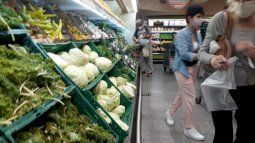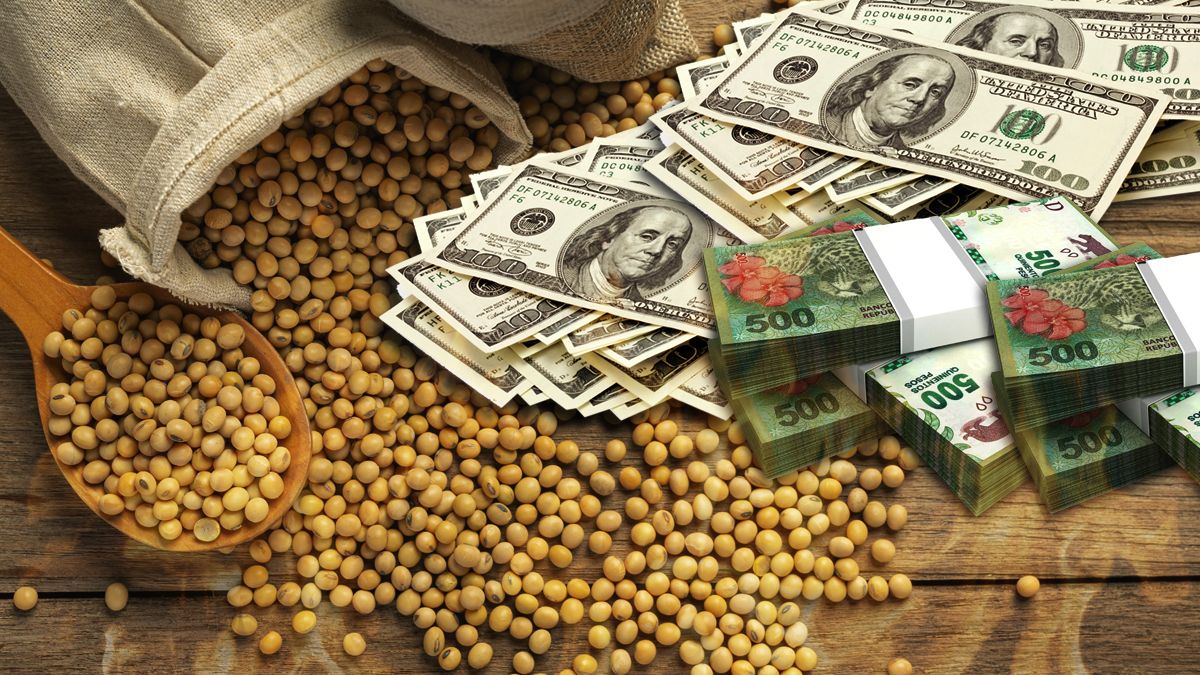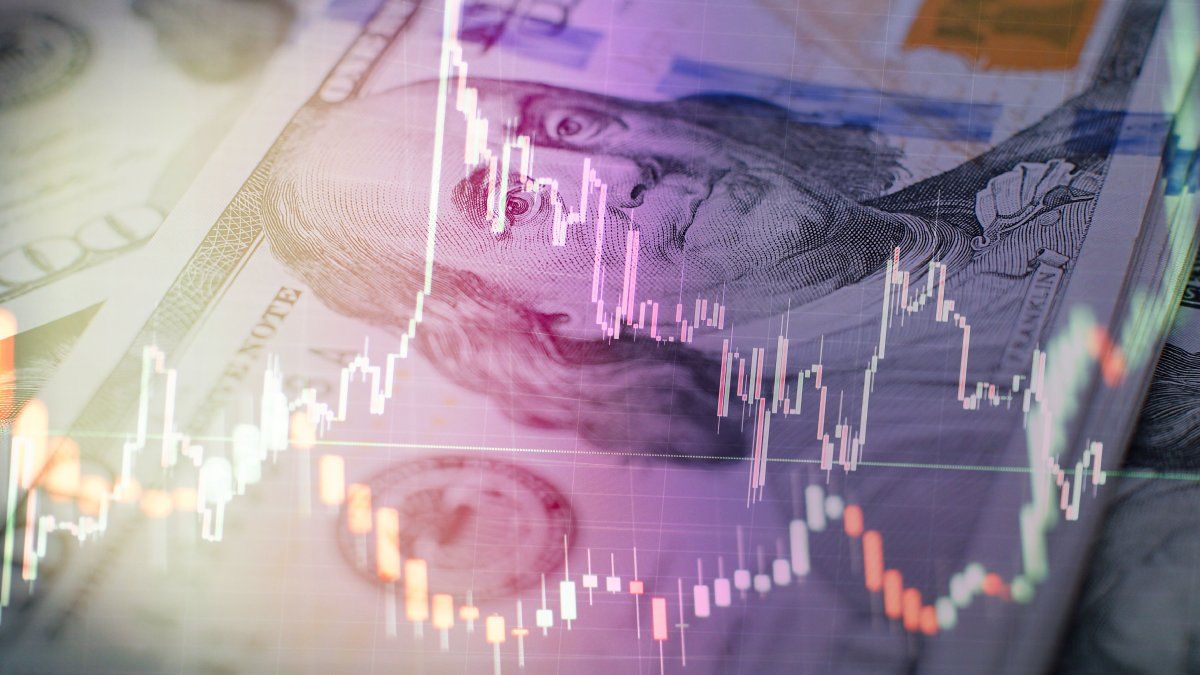The first quarter of the year is shaping up to be the one with the lowest availability of dollars since the end of convertibility. The possibility of a soybean dollar in the near future dissipates.
So far in March, the field liquidated just US$99 million, which means the worst figure for this period since 2003. The drought and the scarce sales of grain by the producers became the perfect combo that outlines the first quarter of the year as the one with the lowest availability of foreign currency in the countryside in 20 years.
The content you want to access is exclusive to subscribers.
“March began with a very bad streak in terms of agricultural sales, taking into account the daily average so far this month, a 62% drop is observed against the historical average and 84% versus the same period of 2022with the exception that it was a record year and in which the drought I wasn’t hitting that hard. The fundamental factor that explains this phenomenon is precisely the productive losses that are being accounted for, in the soybean and corn harvest, due to the lack of rainfall. The Rosario Grain Exchange and the Buenos Aires Stock Exchange estimate that the drop in income for the sector will be around US$18,000 million, while other analyzes suggest that it may even exceed US$20,000 million.” , detailed in dialogue with Ámbito Salvador Vitelli, a financial analyst specializing in agribusiness.


Another of the reasons for the decline in the availability of farm dollars, according to Vitelli, is also due to the lower sale of soybeans available by producers. It is that in a context of drought and in which farmers still cannot calculate their losses, they take grain as a bargaining chip. A clear example of this happens with the leases of the fields, where the producer fixes his rental contracts in quintals of soybeans and for this reason the grain plays a fundamental role as a refuge of value and currency of exchange.
Forward what is being seen in the futures market the thing is the possibility of a new edition of the so-called soybean dollar being implemented would be dissipating. It is that the very feasible agreement of the Government with the IMF that would mark a relaxation in the goal of accumulation of net reserves, would give the economy a certain air for not implementing a measure of this type that also has a high emission cost.
“It is also important to understand that the current dollar drought is also associated with the two editions of the soybean dollar launched in September and December of last year. In total, the field contributed around US$13,000 million in advance and those currencies they are also the ones that are missing in the current cycle.On the other hand, one cannot fail to mention the productive fall in the harvest of fine grains (wheat and barley) which was around 50% and that also meant a lower income of dollars for exports”, deepens the financial analyst.
The question for the coming months, more precisely when the soybean harvest begins its strongest period, which would be the end of April, beginning of May, is whether producers will sell the grains dynamically. The first impression, according to Vitelli, is that they will move as cautiously as possible: “I think they will sell just enough to meet their most urgent financial commitments, but grain will continue to be their great refuge of value. You have to keep in mind that this year there will be elections and there is a lot of uncertainty regarding the economic course”.
Source: Ambito




